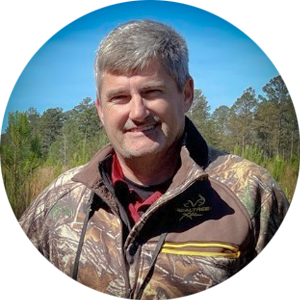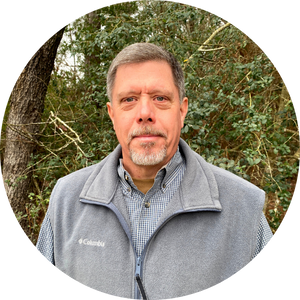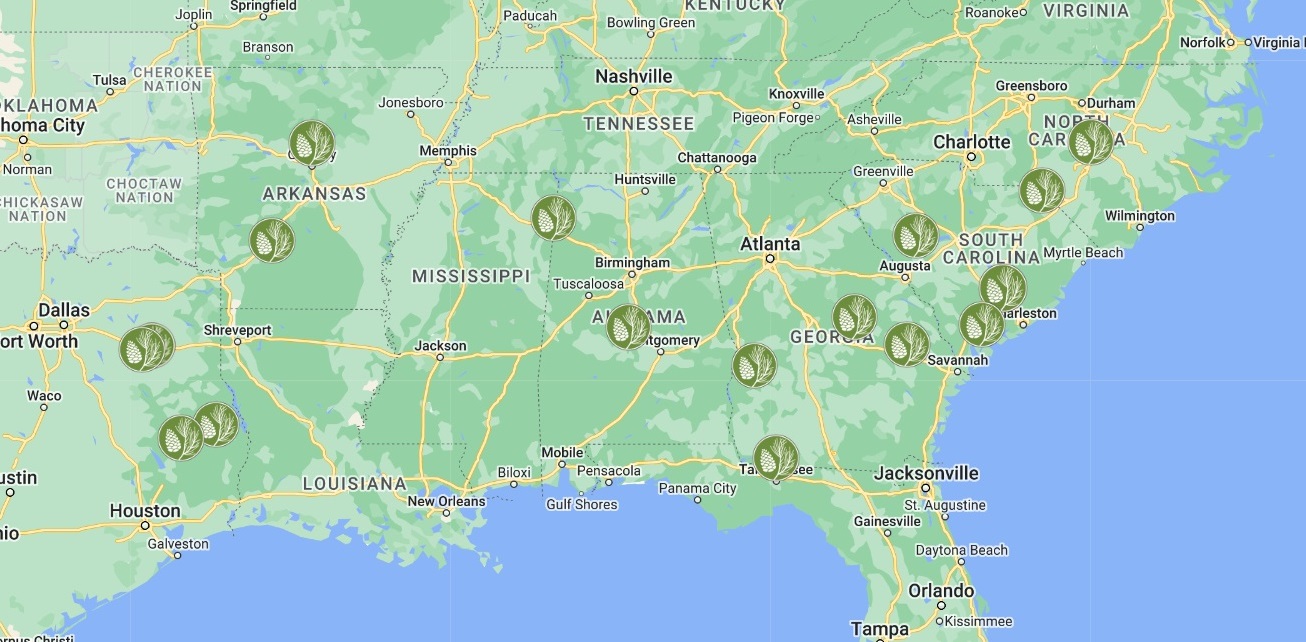The southern United States is undergoing some of the highest growth in sawmill construction and expansion. What does this mean for forest landowners? It means added security in long-term solid wood markets incentivizing them to grow more wood for starters.
The manufacturers are not here for the short term. The U.S. South is ground zero for increased lumber manufacturing due to its favorable social attitude towards plantation forestry (McKeand et al. 2003), a proven ability to supply the raw material, as well as gaps in wood supply in the Pacific Northwest and western Canada due to fire and insect epidemics.

The collective industry has experienced a challenging period since 2008, but this all suggests a brighter future for southern forest landowners. The spike in lumber production, and ultimately more sawtimber required from private landowners, also underscores the importance of carefully considering seedling options for reforestation.
Landowner objectives are wide-ranging, but loblolly pine remains the most commonly planted species across the South. Landowners can choose among Open-Pollinated (O.P.), Mass-Control Pollinated (MCP®), and Varietal seedlings. O.P. seedlings have one known parent as the mother tree, while the pollen source is unknown. With MCP® seedlings, both parents are known, resulting in much better genetic control overgrowth and sawtimber quality traits such as stem straightness, disease resistance, limb size, and forking reduction. MCP® has now been planted on approximately 2 million acres across the South.
While Varietal seedling production is much less than MCP®, they represent the highest level of genetic improvement. Varietals are mass propagated from control pollination. The key message is that landowners have various options based on their management objectives, but they are in the driver’s seat. There is only one chance to get it right, and the decision of which seedling to plant will endure for the next 25-30 years.

ArborGen tests all O.P., MCP®, and Varietal seedlings before offering them for commercial sale. This testing is done through a robust internal effort from ArborGen Product Development and in cooperation as a full member of the North Carolina State University Tree Improvement Program.
As a fully licensed user of the NCSU Performance Rating System (PRS®), landowners benefit from reviewing endorsed data beyond internal ArborGen information. Essentially, they can feel secure knowing the seedling they select for planting was subject to third-party review of genetic scores.
The U.S. South is the largest softwood lumber manufacturing region in North America, with some projecting another 4 billion board feet in production to be added in 2022. As many MCP® and Varietal plantations are thinned, landowners are witnessing dramatic tree quality differences instead of O.P. stands in additional chip-n-saw and uniform distribution of residual sawtimber (see photos).
The contrasts between O.P. and MCP stands are dramatic. Contact your ArborGen Reforestation Advisor to help you create customized stands to meet the soaring demand for lumber through additional sawtimber production.













